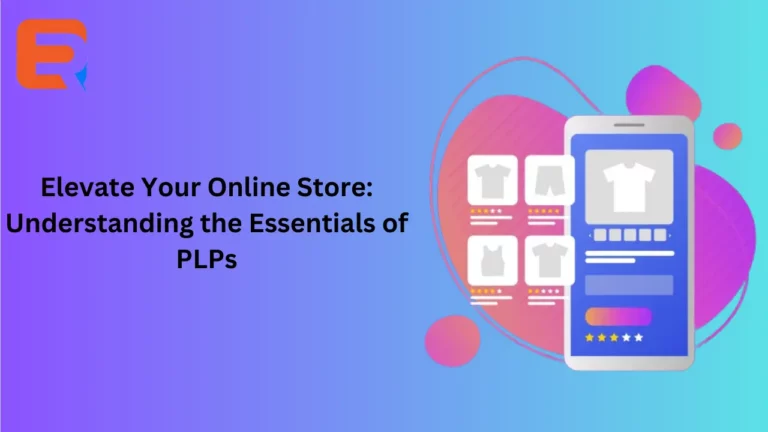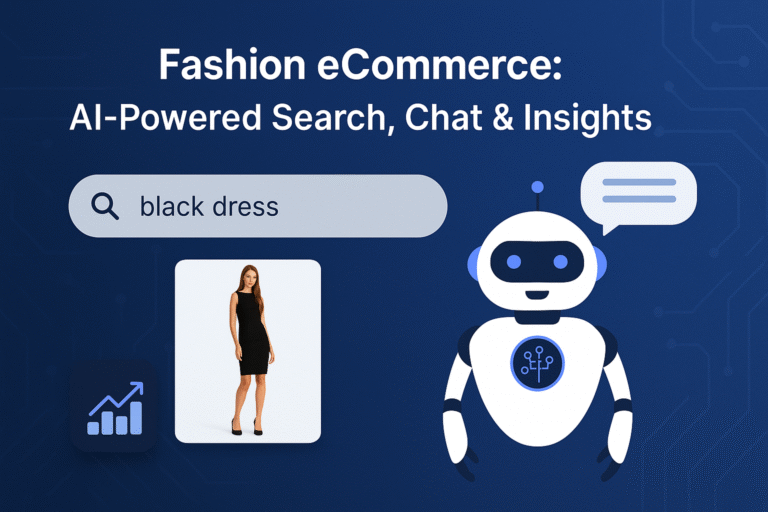Product listing pages play a vital role in online shopping experiences. With growing competition in the e-commerce industry, it is important for businesses to optimize their product listing pages to attract and retain customers. A poorly designed product listing page can negatively impact the user experience and reduce conversion rates. On the other hand, a well-designed PLP enhances discoverability, improves user experience, and drives sales.
Importance of Optimized Product Listing Pages
Product listing pages are often the first interaction point between online stores and their customers. These pages display filtered lists of products in a specific category or search results. Optimized PLPs can help businesses stand out and drive desired outcomes, with competition becoming increasingly intense. Listed below are some of the important benefits of optimized product listing pages.
- Enhanced customer experience: Intuitive filtering, dynamic imagery, clear calls-to-action, and other user-friendly elements create enjoyable shopping experiences. Customers tend to linger longer on well-designed pages, leading to an increased chance of conversions.
- Improved conversions: Streamlined navigation and prominent buttons guide shoppers effortlessly towards checkout. This reduces abandonment and improves conversion rates. According to research, optimized pages have up to 80% higher conversion rates than poorly designed ones.
- Increased engagement: Valuable insights provided by Expertrec’s cutting-edge search engine allow merchants to continually refine their category pages based on usage patterns. This further enhances engagement through personalized experiences.
- Higher average order values: When presented optimally with relevant add-ons, bundles, and complementary products, customers tend to spend more on average per order. Product recommendations thus increase revenue per order.
- Valuable customer insights: Behavioral data gathered through Expertrec search assists merchants in optimizing their assortment and inventory levels based on actual purchasing patterns. This helps boost sales and customer loyalty through targeted offerings.
Key Components of Effective PLPs
To reap the rewards of optimized PLPs, it is important to include certain essential elements that improve the shopping experience. Let’s explore some of the key components that every successful product listing page should have:
- Clear category label: The name of the current category should be prominently displayed to provide context and allow effortless navigation.
- Easy filtering & refining: Options like price filters, brands, sizes, etc., empower customers to find exactly what they need through an intuitive refining process.
- High-resolution product images: Vivid images best showcase the product’s appeal and attributes. Customers make quicker purchase choices based on clear and informative imagery.
- Comprehensive descriptions: Beyond key details, additional information addresses customer questions and builds trust & rapport. Well-written descriptions boost average basket size.
- Simple browsing & sorting tools: Allowing customers to view products in grid/list formats and sort based on various criteria enhances their sense of control over experiences.
- Prominent calls to action: “Add to Cart” buttons must be identifiable near the top of the product listing for maximum conversions. Uniform CTA design fosters familiarity.
- Ratings & Reviews: Public reviews and ratings allow potential buyers access valuably authentic opinions to guide informed choices with less perceived risk.
- Breadcrumb navigation: Customers appreciate tools that clarify their location in the site hierarchy and allow convenient returns to previous pages from anywhere.
Many online retailers skip including some of these vital elements in haste. However, dedicating efforts to craft fully functional PLPs as described pays off through increased revenue, lower costs and customer loyalty over the long run.
Optimizing PLP Design & Layout
Beyond key components, the layout and visual design of PLPs also influence shopping behaviour and brand impressions. Here are some design best practices to optimize the form and function of every product listing page:
- Consistent branding: Maintaining uniform graphics, typography, imagery styles, and CTA designs across all PLPs and the site creates familiarity and trust.
- Responsive formatting: Product cards, columns and other elements must adapt and utilize available screen space based on any device width for easy screen navigation.
- Speed-focused development: Leveraging Expertrec’s fast search capabilities and optimizing assets keeps pages lightweight for flawless load times crucial to retaining customers.
- Scannable information hierarchy: Strategic formatting, appropriate font sizes, and visual waypoints guide the eye smoothly to the most important elements at a glance.
- Dynamic imagery: Varied product images spark interest while zoom and lightbox features satisfy information needs seamlessly without disrupting the flow.
- Simple categorization: Too many subdivisions frustrate customers instead of assisting them. Well-curated parent categories and limited sub-levels simplify selection.
- Personalized merchandising: Based on shopping/browsing histories captured through Expertrec, highlight specifically targeted products benefiting from contextual relevance.
- Continual A/B testing: Different layouts and components can be evaluated by split testing specific page versions. Successful variants inform permanent improvements.
The cumulative effect of cohesively implementing these practices is streamlined shopping and higher engagement. Customers find exactly what they need effortlessly, while merchants observe continuous growth.
Leveraging Expertrec for Actionable Insights
Expertrec’s innovative search platform analyzes shopping behaviours to impart a deeper understanding of customers. Merchants accessing advanced analytics discover which categories and products move the needle.
- Popular search terms entered, revealing untapped demand
- Frequency and timings that search/categories are accessed
- Products most viewed but not purchased informing redesign potential
- Add-on and complementary items to promote via related search results
- Device preferences informing optimized formatting strategies
- Geo-demographics for targeted marketing and assortments
With these insights, merchants deliver hyper-relevant content, promotions, and features shoppers genuinely need through refined Expertrec-powered search experiences. Customers enjoy seamless discovery while merchants scale their businesses profitably with optimized PLPs strategized based on proven data instead of assumptions.
Conclusion
In today’s digital landscape, product listing pages play a pivotal role in the success of online stores. When designed to effectively address customer needs based on behavioral data provided by Expertrec, PLPs drive significant increases in key metrics like visit duration, conversion and average order value. Merchants adopting these insights-led best practices for components, visual design and layout continuously enhance the shopping experience, outperforming competitors and growing their brands profitably. Expertrec remains the smart search engine for optimizing search-based experiences across all digital touchpoints.




